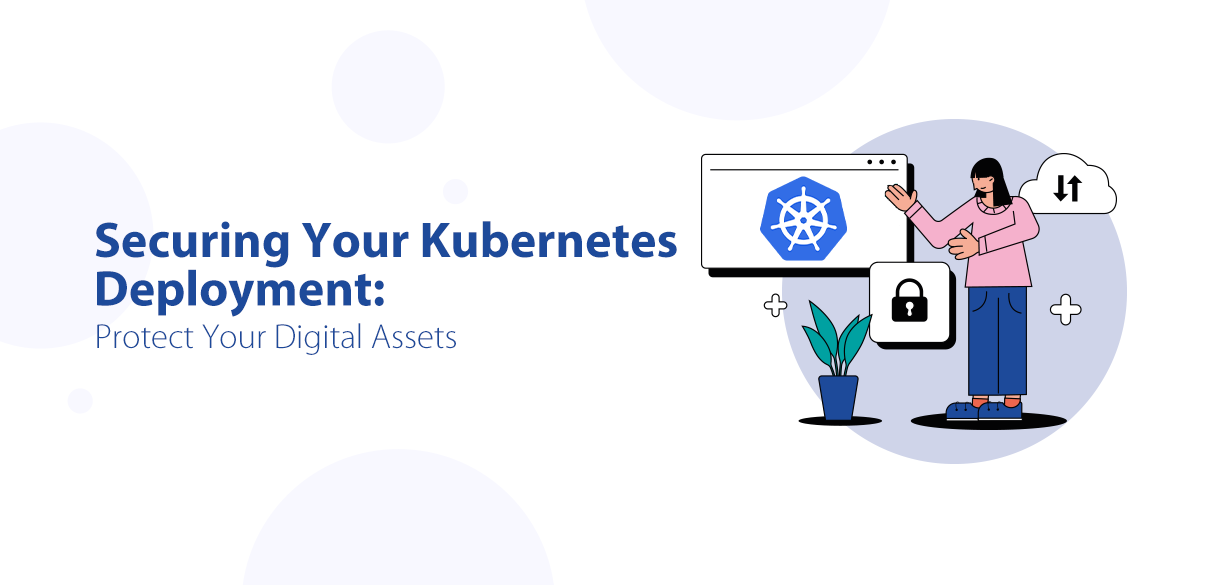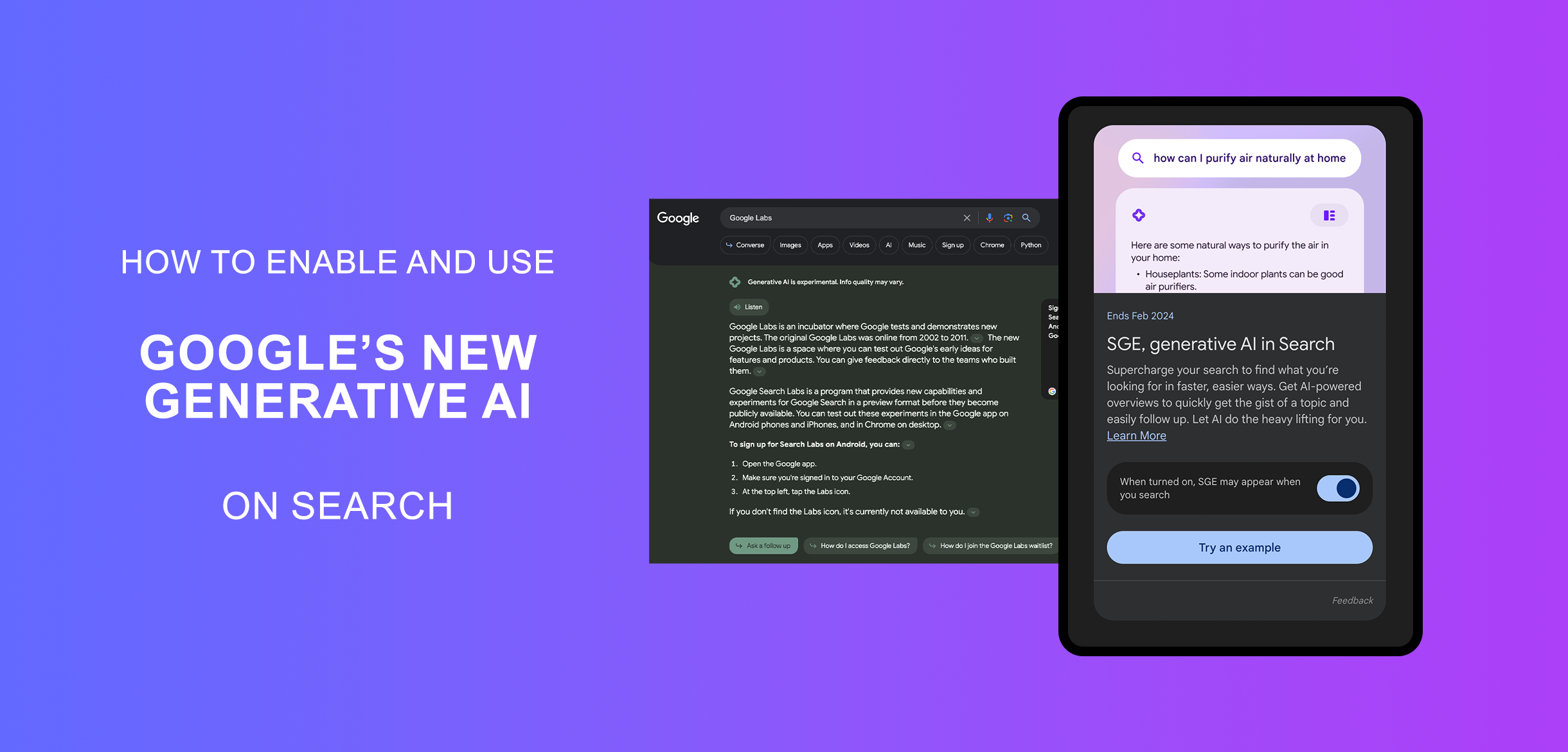When your website runs quickly and smoothly, customers have a better experience and are more likely to make a purchase. But how do you ensure that your website stays fast, even as it grows? One key tool at your disposal is cache management.
Magento 2, one of the most popular e-commerce platforms, uses a robust cache system to help your store perform better. By managing the cache properly, you can boost your site’s speed, reduce server load, and provide a seamless shopping experience for your users. Let’s explore some cache types in Magento 2 and how they can benefit your e-commerce business.
What is Cache?
Before diving into the specifics, let’s quickly understand what cache is. Simply put, the cache is temporary storage where frequently accessed data is saved. Instead of repeatedly fetching the same data from the database, the cache stores this data so it can be quickly accessed, speeding up your website’s performance.
What is Magento 2 Cache Management?
Magento 2 Cache Management refers to the practice of storing frequently accessed data so that the store doesn't have to load everything from scratch each time a user interacts with the site. This results in faster load times, a smoother user experience, and better overall performance for your ecommerce site.
- Page Cache: Speeds up loading by storing entire web pages.
- Image Cache: Retains product images for faster display.
- Layout Cache: Saves page layouts for reuse, enhancing performance.
Users can manage cache settings via the cache management page or the command line. This allows them to enable/disable caches, flush all caches, or clear specific types after updates. Common commands include:
- Clean cache types:
php bin/magento cache:clean - Check cache status:
bin/magento cache:status - Flush all caches:
bin/magento cache:flushto remove outdated data.
Why Magento 2 Cache Management Matters for Ecommerce
- Improved Website Performance: By utilizing cache effectively, you reduce the server's load and make page load times faster, especially during high-traffic periods. Cache management ensures that commonly accessed elements like images, layouts, and data are loaded quickly without overburdening your database.
- Better User Experience and Higher Conversion Rates: Faster page loads mean visitors are less likely to abandon your site, which translates into higher conversion rates. A quick, seamless shopping experience makes customers more likely to browse and complete their purchases.
- Enhanced SEO and Search Engine Rankings: Faster websites rank higher on search engines. Efficient cache management improves site performance, which search engines reward with better visibility.
- Cost-Efficient Scalability: Good cache management can help handle increased traffic without needing costly server upgrades, making it a cost-effective way to scale your ecommerce store during busy times.
Types of Cache in Magento 2
- Configuration Cache: After adjusting settings like store configuration, make sure to clear this cache.
- Layout Cache: Clear the cache when updating your store's layout or theme files.
- Block HTML Output Cache: After modifying block elements or HTML code, clean the cache to reflect the changes.
- Collections Data Cache Clear the cache when adding or updating products, so the most up-to-date information is shown.
- DDL Cache Flush this cache after making changes to your database schema.
- EAV Cache (Entity Attribute Value): After modifying attributes for products or customers, clear the cache to ensure changes are updated.
- Full Page Cache (FPC): Flush the cache after updating product pages or content to reflect new changes.
- Reflection Cache: Flush this cache after making any changes to class properties or methods.
- Translations Cache: After updating translations, flush this cache to ensure the changes appear properly.
- Web Services Configuration Cache: Clear this cache when you update external services, like payment gateways or APIs.
- Integration Configuration Cache: Faster Data Transfer with Integration Cache
This cache stores the configuration settings for the Magento store. It includes everything from store settings to extension configurations. Clearing this cache forces Magento to re-read the configuration files.
This cache stores the structure of your pages. By caching layouts, Magento reduces the time required to load the page design. If you’ve made changes to the layout of your website, clearing this cache will reflect those changes.
Blocks are small sections of a page, like product lists or category links. This cache stores the HTML output of those blocks. It helps Magento load pages faster since it doesn't need to reprocess every block every time a page is loaded.
When a page displays multiple items (like a product list), Magento pulls this data from the database. The collections data cache stores this information so it can be retrieved faster.
This cache speeds up database operations like creating or modifying tables. It is useful when performing development work or adding new features that interact with the database.
EAV (Entity-Attribute-Value) is a data model used by Magento to store product attributes. This cache helps speed up the retrieval of product data, especially for stores with a large product catalog.
One of the most important cache types, page cache stores entire pages, making them load much faster. When a customer visits your site, the page is served directly from the cache without having to be generated from scratch.
Magento uses reflection to improve performance by speeding up the retrieval of class information. Clearing this cache is generally only needed when you install new extensions.
If your store supports multiple languages, the translation cache stores the translated strings so Magento doesn’t have to translate every page every time it loads.
This cache stores configuration data related to API services that interact with Magento. When your Magento store communicates with external services (like payment gateways, shipping services, or third-party applications), it uses web service configurations. This cache ensures that these settings are retrieved quickly, improving the performance of external API calls.
The Integration Configuration Cache handles the data related to third-party integrations within Magento 2. When you integrate external systems (such as CRM tools, ERPs, or marketing platforms) into your Magento store, this cache stores the necessary configurations for these integrations. It helps reduce the time required to load and apply these settings, improving the performance of those integrated services.
How to Manage Cache in Magento 2
Magento 2 makes cache management easy with its built-in admin panel. Here’s how you can do it:
- Go to Admin Panel > System > Tools > Cache Management.
- You’ll see a list of all 11 cache types. From here, you can enable, disable, or refresh each cache type.
- If you’ve made significant changes to your store, simply click Flush Magento Cache to clear all caches at once.
For even faster results, you can also manage the cache via the Magento CLI (Command Line Interface). This is especially useful for developers or if you’re managing a large site.
Conclusion
Magento 2 cache management is a powerful tool to keep your e-commerce store running smoothly. By understanding the different cache types and knowing when to clear them, you can ensure that your site remains fast, responsive, and ready to provide an excellent shopping experience to your customers.
So, the next time you notice your store slowing down, or you’re making changes to your website, remember to check your cache settings. Proper cache management will save you time, reduce server load, and most importantly, keep your customers happy!














